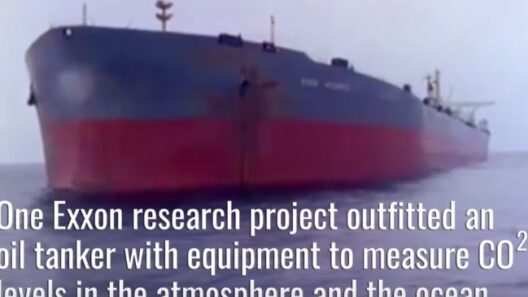In recent years, the twin specters of climate change and environmental degradation have compelled scientists and policymakers to explore innovative approaches to mitigate their effects. One of the most significant contributors to global warming is methane, a potent greenhouse gas that poses a formidable challenge in the fight against climate change. Among the various sources of methane emissions, agriculture—specifically, the livestock sector—stands out. Cows, as ruminants, are particularly noteworthy in this discussion due to their unique digestive processes, which result in the production of methane through enteric fermentation. Understanding the relationship between cows and climate is crucial in crafting strategies to address global warming.
Methane is approximately 28 times more effective than carbon dioxide at trapping heat in the atmosphere over a 100-year period. This fact immediately underscores the urgency of addressing methane emissions. Cows produce methane in several ways, but the primary source is during digestion—a process that occurs in a specialized compartment of their stomach known as the rumen. When cows consume fibrous plant materials, these are broken down by microorganisms. As a byproduct of this decomposition, methane is produced and subsequently released into the atmosphere through belching and flatulence. This process is not only natural but also a key aspect of the cow’s digestive system.
Globally, the livestock sector accounts for approximately 14.5% of all anthropogenic greenhouse gas emissions, with methane emissions from enteric fermentation making up a considerable portion. This statistic can be alarming, especially when one considers the projected increase in meat and dairy consumption worldwide. As populations grow and dietary habits change, the demand for beef and dairy is expected to rise, leading to an increase in methane emissions. However, the narrative surrounding cows and climate is one of both challenge and promise.
Recent advances in agricultural science have opened up new avenues for reducing methane emissions from cows without drastically altering livestock farming. For instance, feed additives such as seaweed have garnered attention for their potential to dramatically cut methane production in ruminants. Specifically, studies have shown that incorporating certain types of seaweed into cow diets can reduce methane emissions by as much as 80%. This reduction is attributed to the bioactive compounds in seaweed that inhibit the growth of methane-producing microbes in the stomach. Implementing such dietary innovations is an exciting prospect that bears great promise for mitigating the climate impact of livestock farming.
Moreover, the genetic selection of cattle also presents an innovative approach. By breeding cows that naturally produce less methane or adapting ruminants to ferment feed more efficiently, it is possible to create herds that are both productive and environmentally sustainable. The utilization of genomic technologies to identify and propagate favorable traits could revolutionize livestock management, leading to a more sustainable agricultural landscape.
Another avenue to explore is the role of pasture-based systems in reducing methane emissions. Grazing systems that incorporate rotational grazing can improve soil health and increase carbon sequestration, while simultaneously encouraging the growth of plants that are more effective at limiting methane emissions. By allowing cows to consume a diverse range of forage, farmers can enhance the nutritional value of their livestock’s diet, thus reducing the overall greenhouse gas emissions throughout the lifecycle of the animal.
Still, it is imperative to consider that addressing methane emissions is only part of the equation. Effective communication and consumer awareness around the environmental impacts of livestock production are equally crucial. With a population increasingly concerned about sustainability, consumer preferences are shifting towards products that are perceived as environmentally friendly. This transformation can incentivize farmers to adopt sustainable practices and encourage the development of policies that support innovations aimed at reducing methane emissions.
Indeed, regulation and policy play a vital role in the intersection of cows and climate change. Governments can enact measures that capacitate farmers to implement sustainable practices while providing incentives for reduced methane emissions. The introduction of carbon pricing can help internalize the environmental costs associated with livestock production, making sustainable practices more economically viable. Furthermore, collaboration between scientists, farmers, and policymakers is crucial to ensure that advancements in technology and practices are both practical and scalable.
While the contributions of cows to global methane emissions may seem insurmountable, innovative solutions and a shift in perspective can catalyze transformative change. As society confronts the grave realities of climate change, it is vital to recognize the interconnectedness of agriculture, livestock, and environmental stewardship. Farmers, researchers, and consumers each have pivotal roles to play in reshaping the narrative surrounding cows and climate, fostering an ecosystem that embraces sustainability and innovation.
In conclusion, the interplay between cows and climate, particularly through the lens of methane emissions, presents significant challenges but also a wealth of opportunities. Through a combination of innovative feeding strategies, advances in selective breeding, and sustainable agricultural practices, it is possible to envision a future where livestock farming coexists harmoniously with environmental conservation. As this intriguing narrative unfolds, it invites us to not only reconsider our relationship with livestock but also to explore how collective actions can lead to meaningful change in the ongoing battle against climate change.








